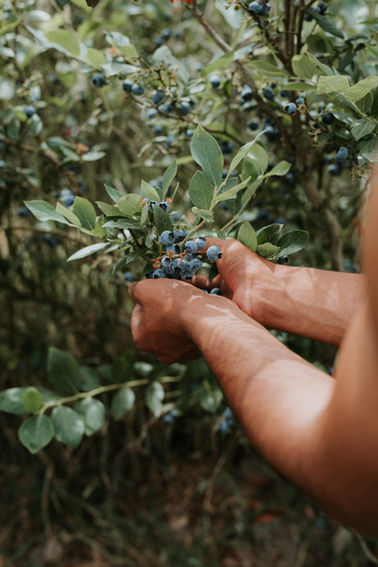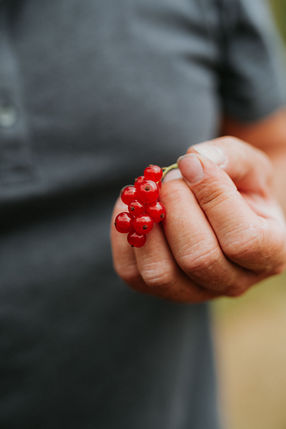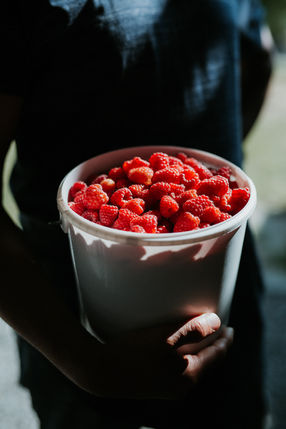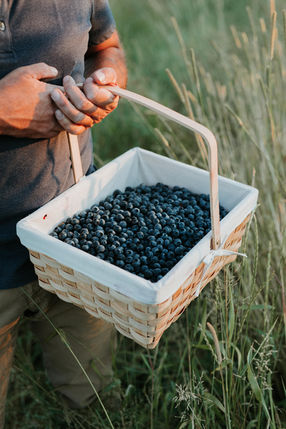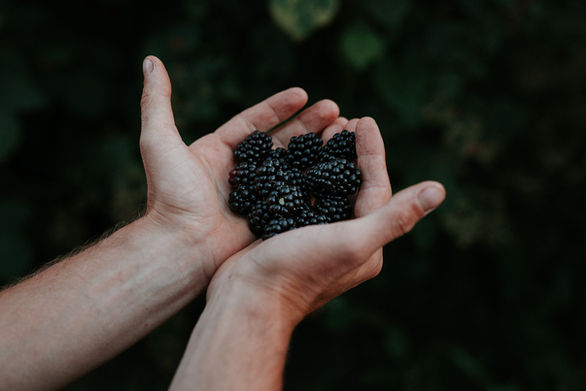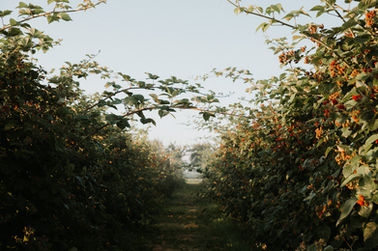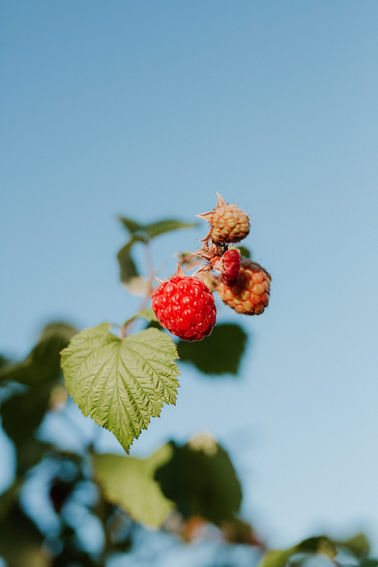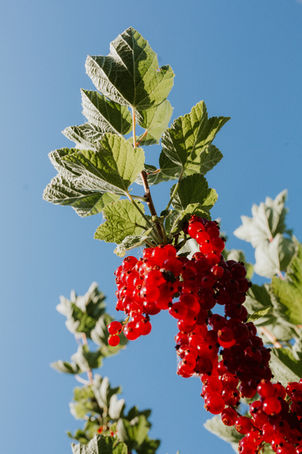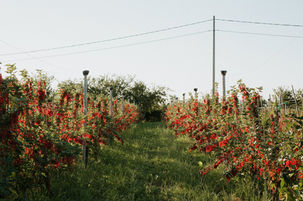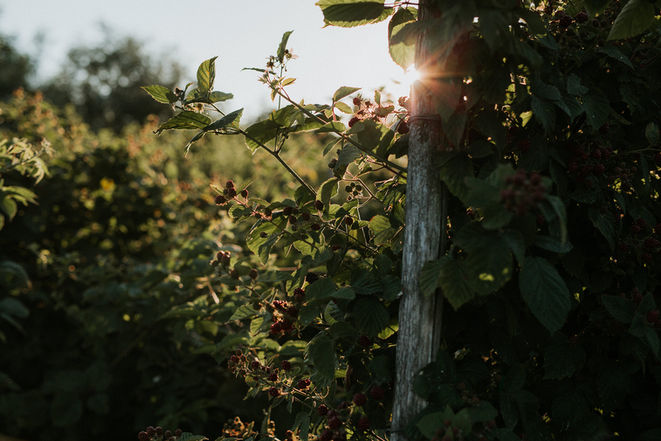
Why a food forest?
Most of the food we eat comes from annual production. This means that every year a seed must be sown, the soil must be disturbed and the plant dies.
Food forests turn the current way of food production upside down. You plant a food tree or shrub just once and you can harvest it for decades to come. This way you don't have to disturb the soil, so soil life can continue undisturbed.
Food forests in your context
Food forests can be used in very broad circumstances. You can install a food forest (edge) in a garden, you have therapeutic food forests. They are very welcome in company gardens and on the playground.
Food forests can also play an important role in agriculture. It is a challenge but possible to develop a thriving agricultural business where food forest production is central.
What is a food forest?
A food forest is a human-designed ecosystem inspired by an ordinary forest (edge) or savanna system. We use larger planting distances between the trees so that enough sunlight can enter.
The food forest is made up of different layers and mainly consists of a polyculture (different species mixed together).
The main share of plants consists of perennials and woody plants, so you have as little maintenance as possible and as much production as possible.
Food production plays a very important role and the intention is of course to strengthen biodiversity.


Food forest revenue models
Food forests are the holy trinity: agriculture, nature and experience come together here. It is precisely the melting pot of these different aspects that makes this form of agriculture so rich.
Wanting to help the world is strongly in our genes, so we are looking for a way to continue to do this in a sustainable way. People, planet, profit can be extended to food forests. The permaculture ethics state this as: people care, earth care and fair share.
Developing a sustainable business model to plant, maintain and run a successful food forest is perfectly possible. The trick to doing this well lies in carefully balancing the capabilities of the team, assessing the target audience, efficiency and ecology.
“A food forest may be the ultimate form of agriculture”
What can a food forest offer?
Fruit, nuts, vegetables that can be processed, eaten and sold.
There is nothing more wonderful than walking hand in hand through an edible paradise.
You come into contact with your hands with nature, this makes you zen and calm.
Many are looking for a way to help the world and earn a living from it.
Long tables with delicious and local food between the trees. A location to celebrate important events
People are attracted to a place like this, where like-minded people come together to connect and have fun.


From when can you harvest in a food forest?
Many people say that this is only after seven years. That's when you don't have good design. A well-designed food forest allows you to harvest from year one.
Over the years you will have different plants that will bear fruit. In the first years, these are mainly annual crops, shrubs and low-stem trees. After a while, half-stem and standard trees are also added.
What grows in a food forest.
We start the season with delicious honeyberries, cherries, raspberries, cherries and plums.
Then we have tayberry, currant, apricot, nectarines, black currant, figs, blueberries and apples. You usually get jostaberries, blackberries, pears and mulberries around mid-July.
In the middle of summer, in August, you have the kiwiberry, sea buckthorn, Japanese wineberry, loganberry and the pawpaw or prairie banana. Towards the end of the summer you have the grape and goji.
As autumn approaches we come to hazelnuts, walnuts, chestnuts, almonds and quinces.
We end the season with medlars, persimmons and kiwis. We will get through the winter thanks to storage apples, storage pears and processed products.
This is just the summary of the fruits. In addition, there are also mushrooms, annuals, tubers and bulbous plants, possibly animal products and many edible leaves.

What are the different layers in a food forest?

A top food forest consists of thirteen layers
1. standard
2. half-stock
3. large shrubs
4. low stem
5. small fruit
6. perennials
7. annuals
8. ground covers
9. tuber and bulbous plants
10. mushrooms
11. climbing plants
12. animals
13. aquatic flora and fauna


